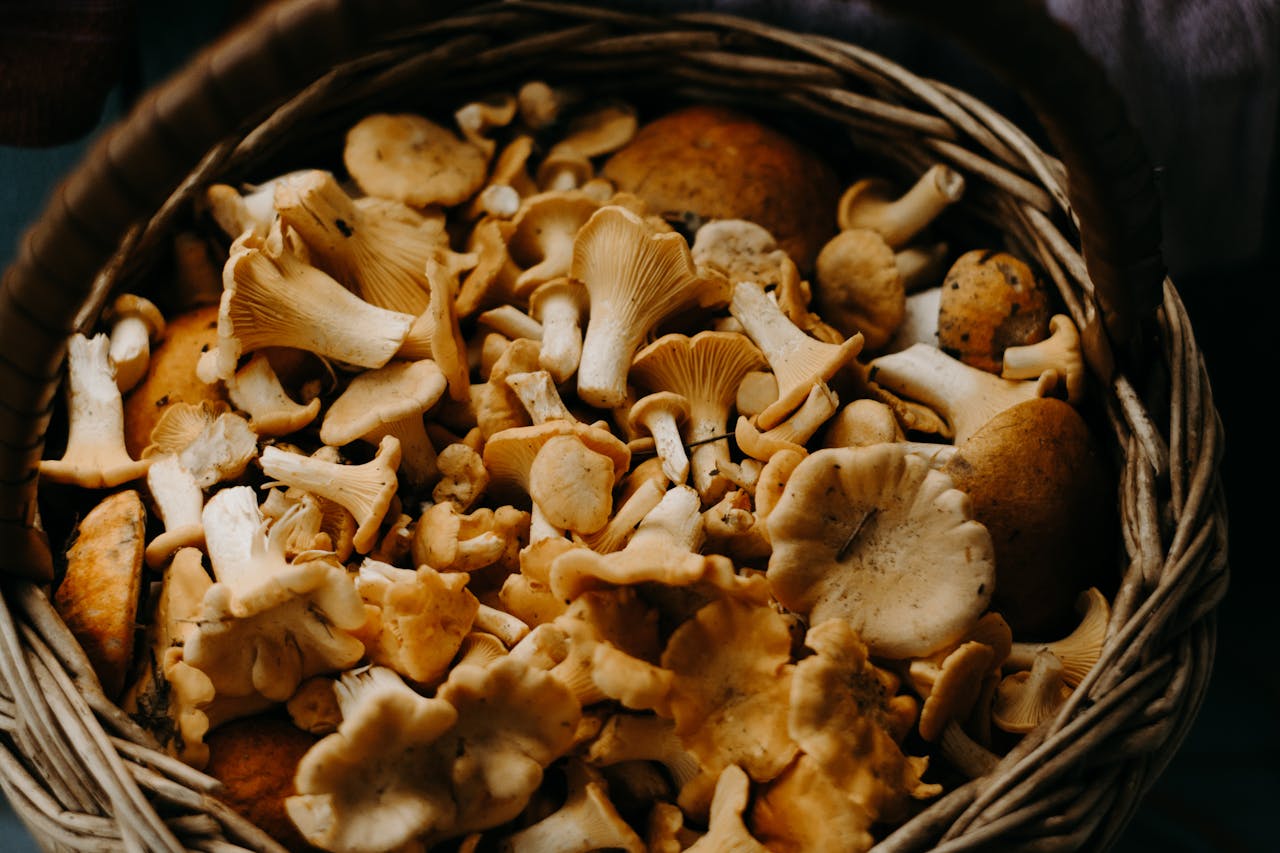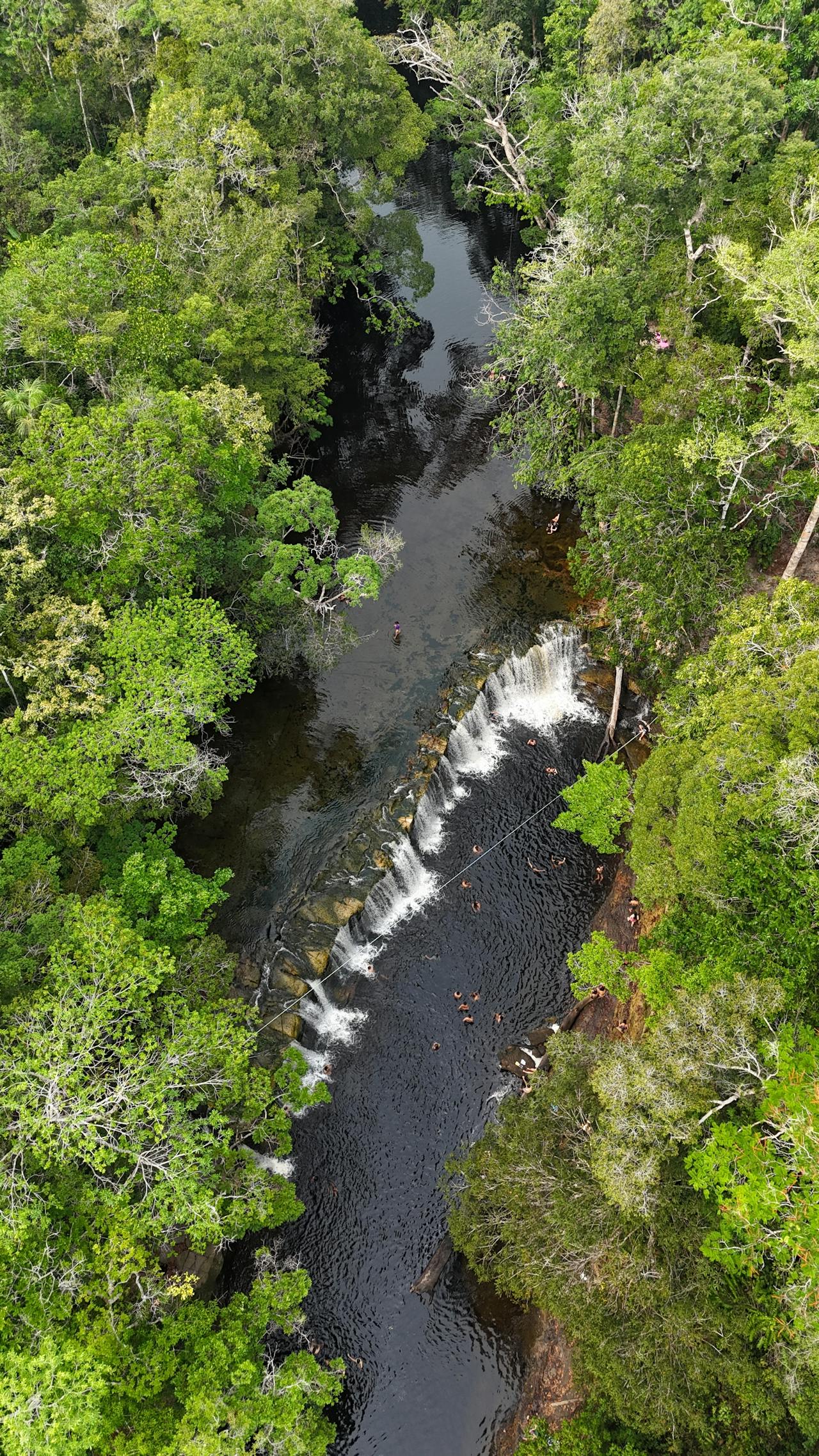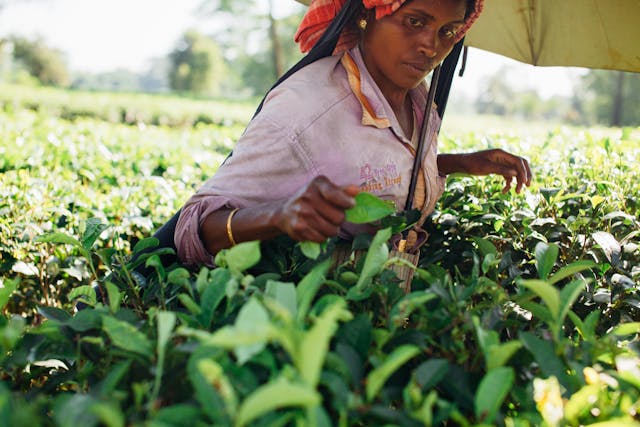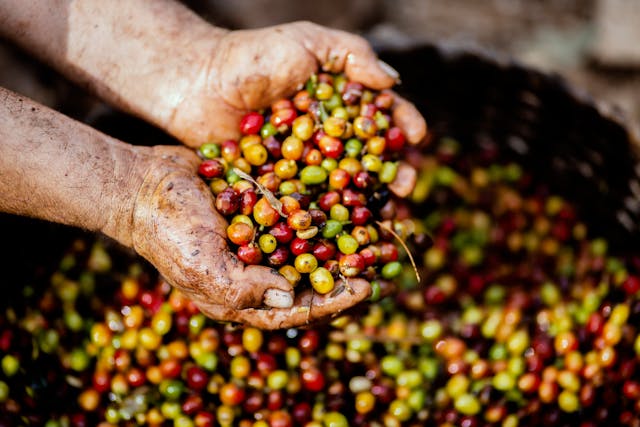A field experiment was conducted for two consecutive years at North Eastern Indian Himalayan region to assess the effect of soil moisture conservation measures on soil and water productivity of different rainfed maize (Zea mays L.) – based cropping sequences. Results revealed that double mulching with insitu maize stover mulch (MSM) þ fresh biomass of white hoary pea (WHP-Tephrosia candida) and MSM þ fresh biomass of ragweed (RW- Ambrosia artemisiifolia) improved soil moisture content (SMC) and leaf relative water content of crops during dry season. The soil organic carbon (SOC) content and stocks under MSM þ WHP and MSM þ RW mulches were significantly higher than that under no mulch at 0e15 cm depth. The soil microbial biomass carbon and dehydrogenase activity were maximum under MSM þ HP/RW. The highest system productivity was obtained from maize-French bean (Pole type-PT) sequence under MSM þ RW followed by MSM þ WHP. The water productivity was the highest under MSM þ WHP. While SOC content was the highest under maize-French bean (PT), the maximum plant available nitrogen and phosphorus were obtained under maize-black gram sequence.Thus, double mulching technology involving MSM and RW (available in plenty) is a viable option for improving soil, crop and water productivity under rainfed hill ecosystems of eastern Indian Himalayas.
Double mulching improves soil properties and productivity of maize based cropping system in Eastern Indian Himalayas
Year: 2020

































































































































































































































































































































































































































































































































































































































































































































































































































































































































































































































